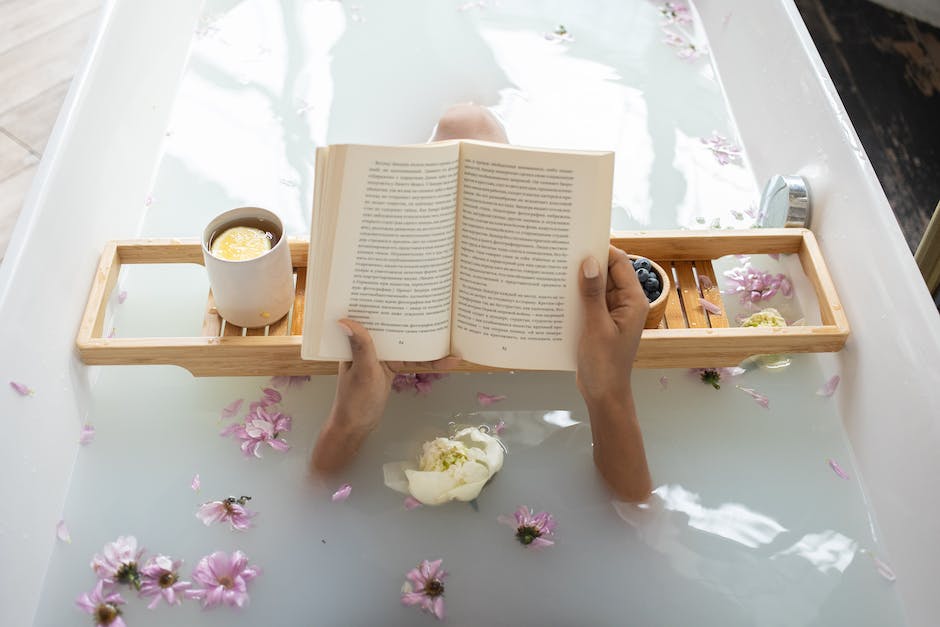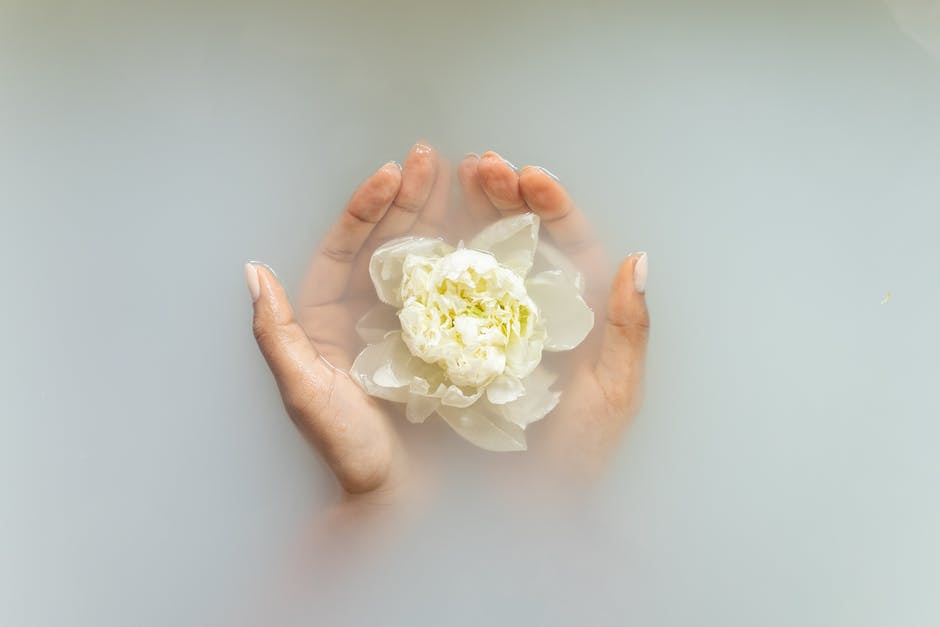The bath mat is an often overlooked item in the bathroom, but it plays an important role in keeping your bathroom clean and safe. The thinnest bath mat is made of a special material that is absorbent and slip-resistant, making it the perfect choice for your bathroom.
The thinnest bath mat is the one that is made of the most absorbent material and can hold the least amount of water.
Table of Contents
What can I use instead of a tub mat?
I really like woven or cotton rugs for my bathroom. I think they add more style and personality to the space. They are also typically washable, which is a big plus.
Cotton is a popular choice for bath mats because it is moisture-wicking and hypoallergenic. Cotton fibers are naturally strong and soft, making them ideal for sturdy bath mats that feel extra cozy and fluffy underfoot. Microfiber is another popular option for its softness and durability.
Why are bamboo bath mats better
Bamboo is a great material to use for a bath mat because it is very durable and does not absorb water. This means that it will not foster the growth of mold and mildew like many traditional mats would. The only downside to using bamboo is that it does not have the same absorbency as other materials, so water may pass through onto the floor.
A bathroom rug is a style choice and a bath mat is a practical choice. A bathroom rug can add a touch of luxury to your bathroom, but it’s not meant to be used as a bath mat. A bath mat is designed to protect your floors from water and prevent you from slipping.
How do you fill gap between floor and tub?
If you have a 3/4 inch gap you’re going to be able to fill it with a piece of wood. Anything larger, you may need to use a different material.
Bath mats are designed to catch water—and it holds that moisture, breeding bacteria until you wash your mat. The more you use your shower, the more moisture can get trapped in your mat. This means there’s a directly proportional relationship between use and washing.
Do bath mats create mold?
If you don’t want your bath mat to become a breeding ground for mold, make sure to hang it up to dry after each use. letting it air out will help it last longer and keep it from getting mildewy.
If you’re looking for a new bath mat, we recommend replacing it every two years. After two years of consistent use and washing, you’ll notice that it’s time to replace that threadbare bath mat for a new, plush one.
How often should you wash bath mat
A good rule of thumb for keeping your bath mat clean is to wash it at least once per week. If you have a household where two or more people share a bathroom, you may need to wash the bath mat more frequently, about every 3 to 5 days.
Bamboo bath mats are not impervious to water, mold and mildew. They can harbor every mold, mildew and fungus on the planet.
Does bamboo mold in the shower?
Bamboo bath and shower mats are touted as being anti-mildew, but you cannot leave them damp and they need to be cleaned regularly. Bamboo is most likely to become moldy in humid conditions and between 25 and 35 degrees C, so bathrooms that are hot and not well ventilated may not be the ideal place for bamboo bath and shower mats.
There are several reasons to choose a wooden bath mat over a cloth one. Wooden bath mats are more durable and easier to clean than cloth mats, and they won’t harbor as much bacteria. Plus, you won’t have to step onto a sponge after every shower!
Can you use a towel as a bath mat
This is a great way to save money and still have a matching bath mat. Simply use an old towel from your linen closet, pick up a colorful vintage towel from a thrift store, or purchase an extra bath towel the next time you replace your towels. This way, you’ll still come out ahead, since towels are usually cheaper than bath mats.
It is important to avoid machine washing rubber mats, as doing so can cause the rubber to degrade and clog the machine. Instead, it is best to clean them by hand with an anti-bacterial agent.
How do you keep bath mats from getting moldy?
Soaking your bath mat in vinegar and water will help prevent mildew and soap scum build-up, which can lead to mold growth. Be sure to rinse your mat well after soaking and hang it up to dry completely to prevent any further mold growth.
If you have large gaps between your bathtub and the wall, you can try sealing them with sealant. Apply one bead of sealant along the edge of the bathtub and another on the wall, then use a wet finger to join the two beads together. This will give you a smooth finish.
Do you leave a space between tile and tub
Remember to leave a 1/16″ gap between your bathtub and tile to allow for expansion and to prevent cracking. This will also help to waterproof the transition between the two surfaces.
When caulking, always apply a first layer of caulk before moving on to the next layer. This will ensure that the second layer will adhere properly and create a strong seal.
What part of the bathroom has the most bacteria
It’s important to keep the floor in your bathroom clean to minimize the spread of germs. One way to do this is to regularly sweep and mop the floor. You can also place a mat or rug near the toilet to help catch any stray germs.
If you have a bath mat with a rubber or plasticized backing, you should avoid using heat when washing and drying it. Heat degrades rubber quickly and you may need to replace your bath mat more frequently. You could also damage your laundry appliances if you use heat. To be safe, always air dry rubber-backed mats.
What parts of a bathroom are the most germ infected
Of all the surfaces, the door handle was the least infected before cleaning, with just 09% of its surface showing bacteria, while the most infected was the shower tray, with a troubling 72% of its surface covered in pathogens. These findings suggest that proper cleaning and disinfection protocol are not being followed in households, which could lead to the spread of disease.
If you want to prevent pink mold from coming back, you should dry your shower walls and shower curtains after each use to eliminate excess water and moisture. A towel or squeegee should do the trick. You should also use antimicrobial shower curtain liners and bathmats designed to keep away stains and odors caused by microbial growth.
Warp Up
The thinnest bath mat I can find is about 1/16 of an inch thick.
The thinnest bath mat is ideal for people who want a minimalistic look in their bathroom. It is also great for people who have a small bathroom and want to maximize space. The thinness of the mat also makes it easy to clean.
